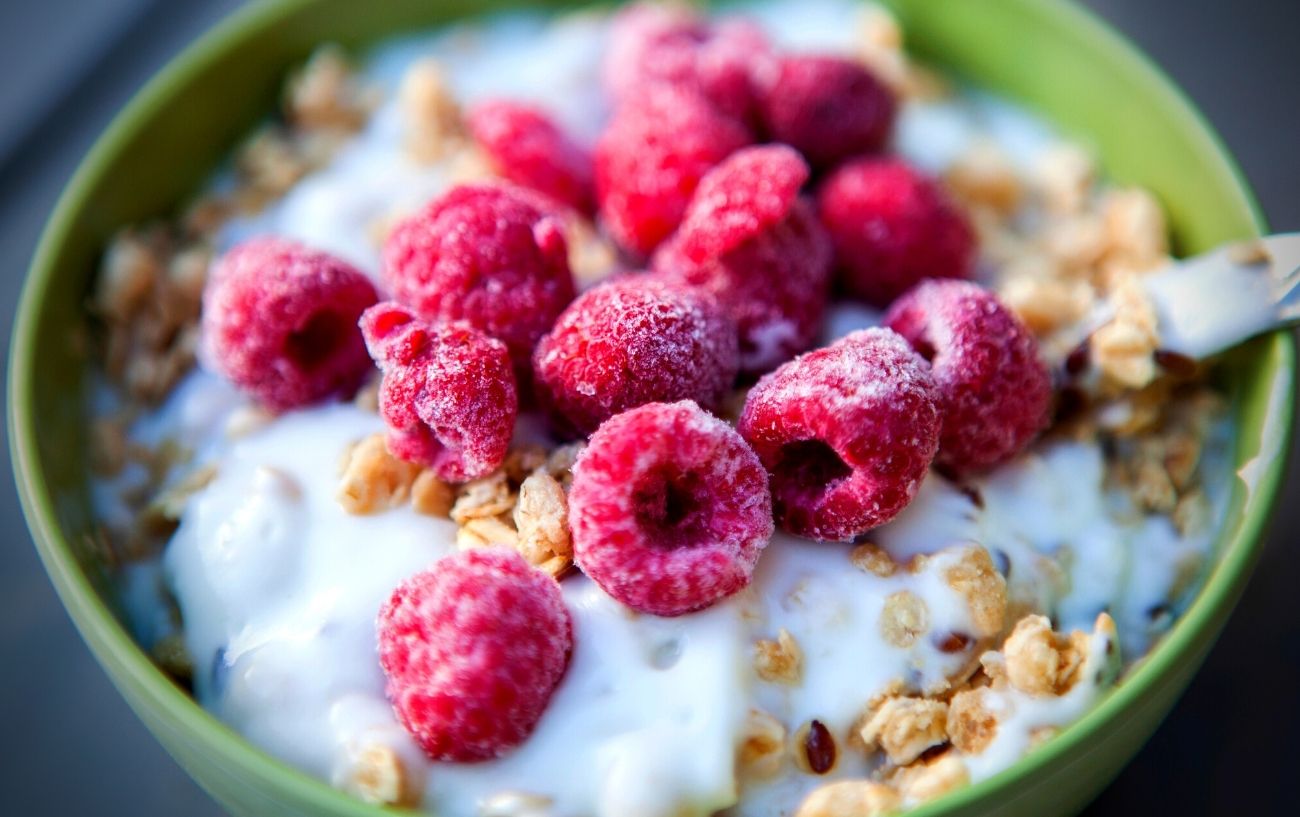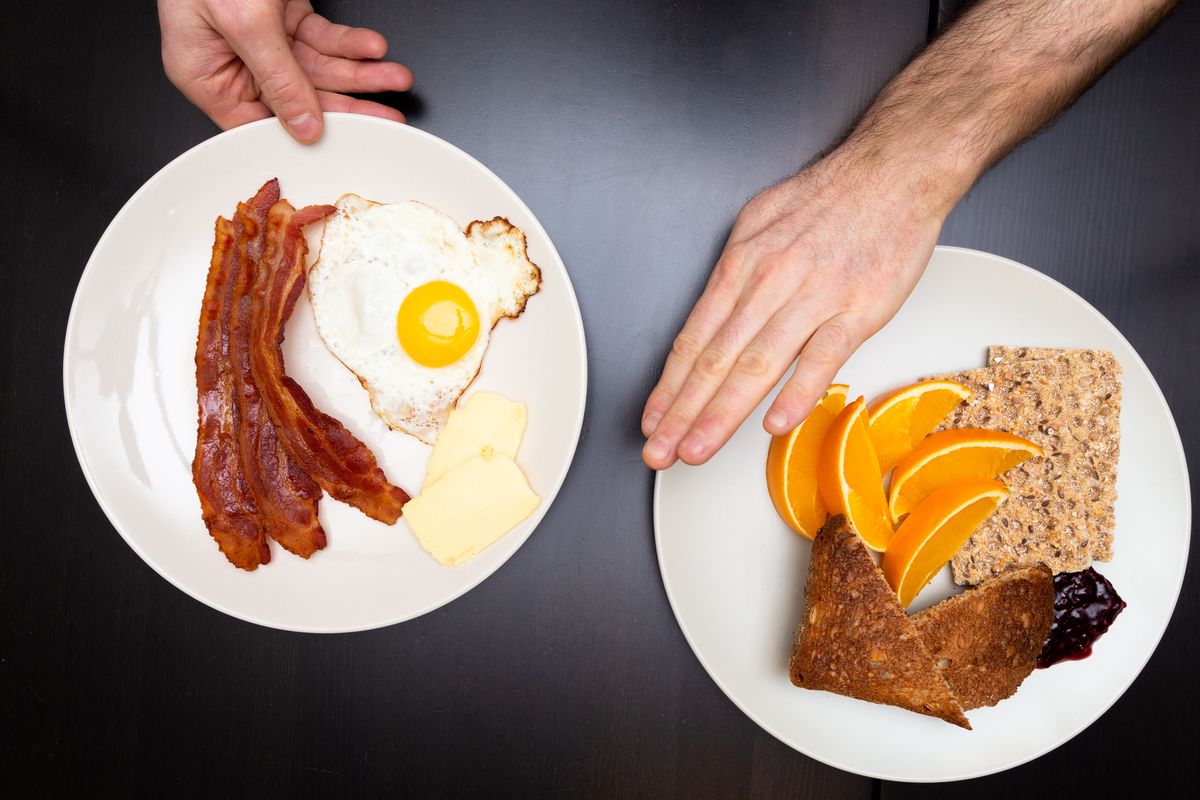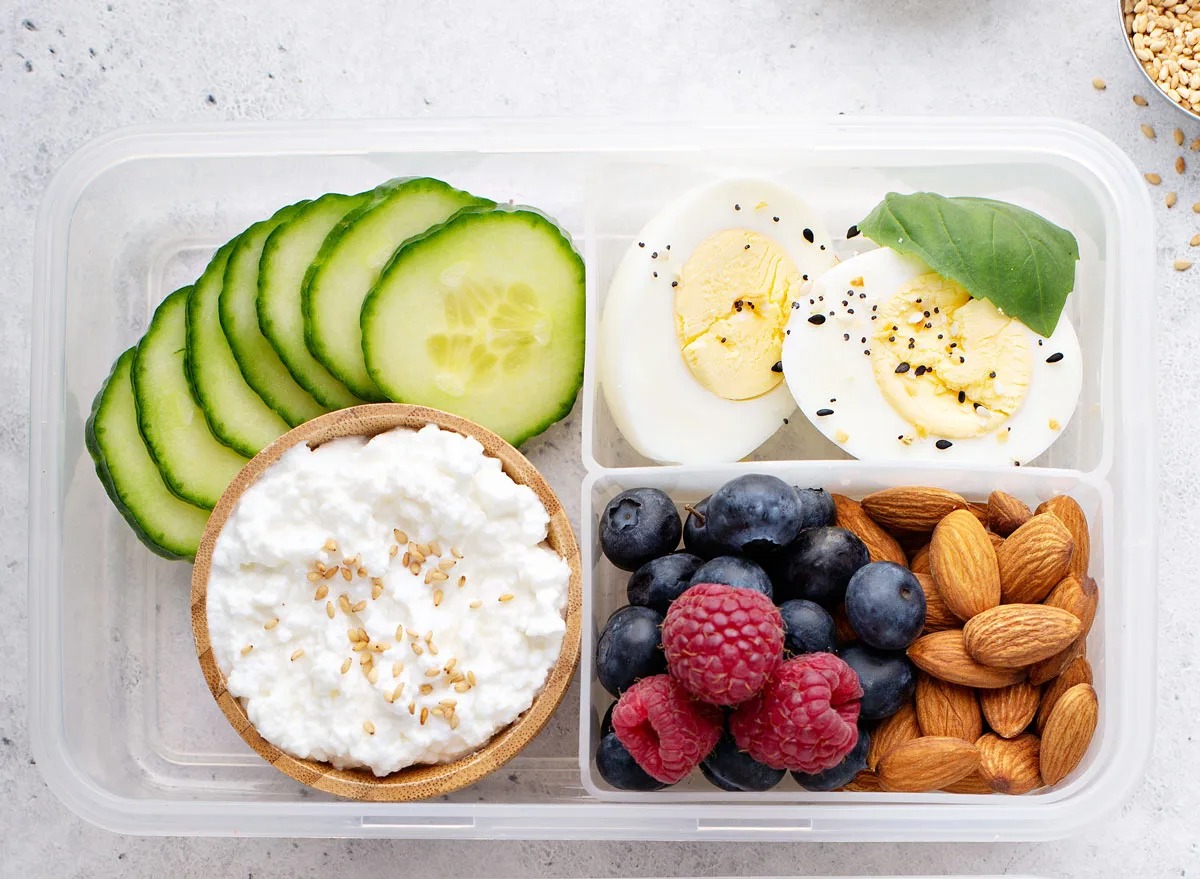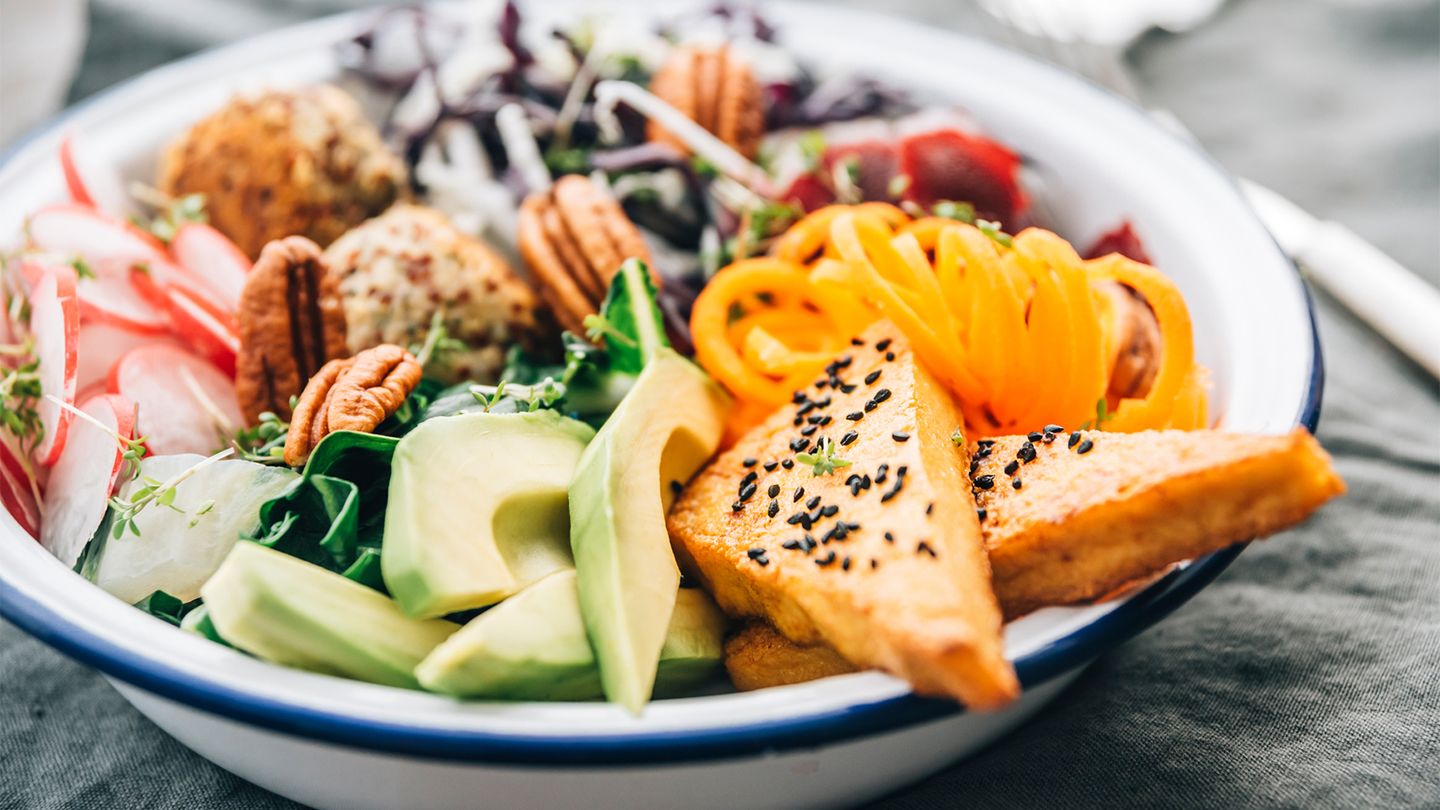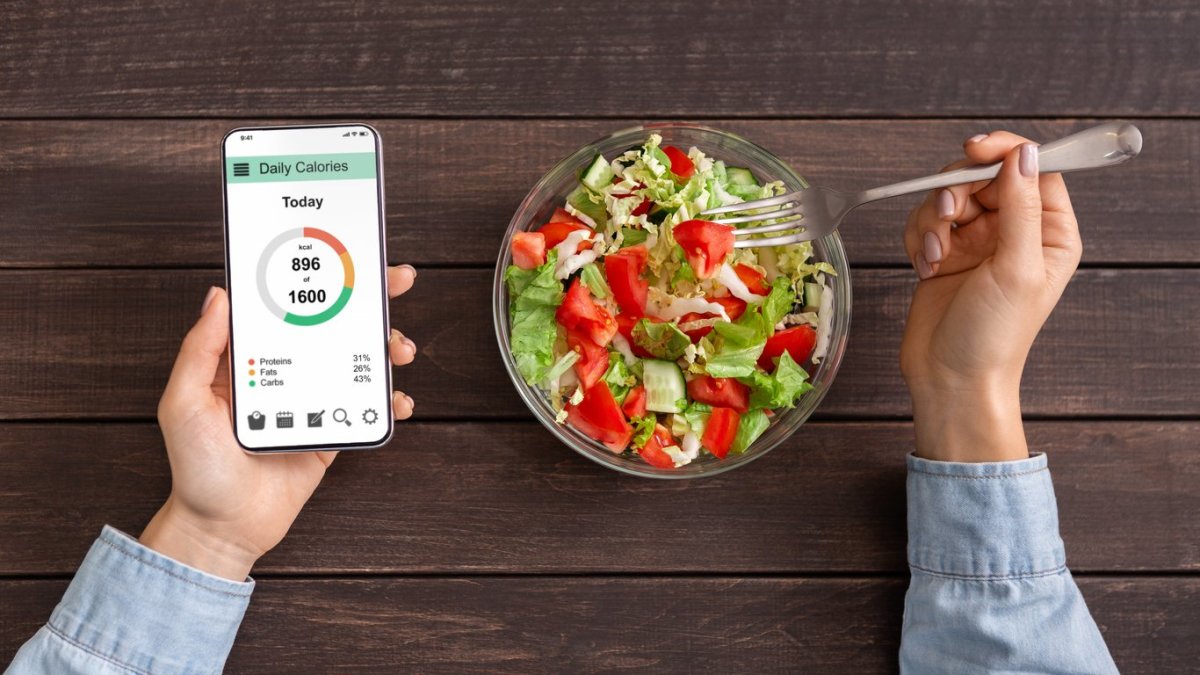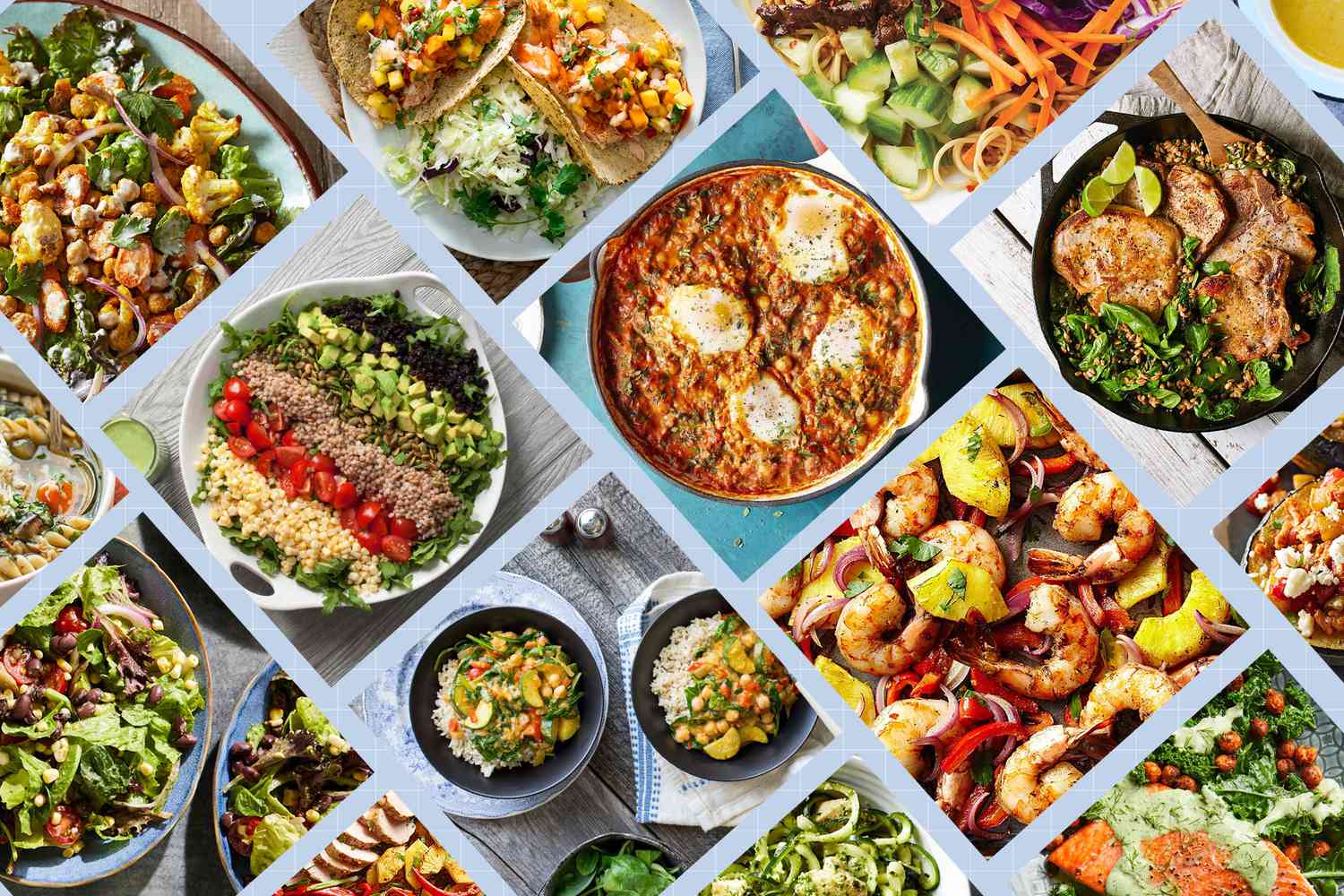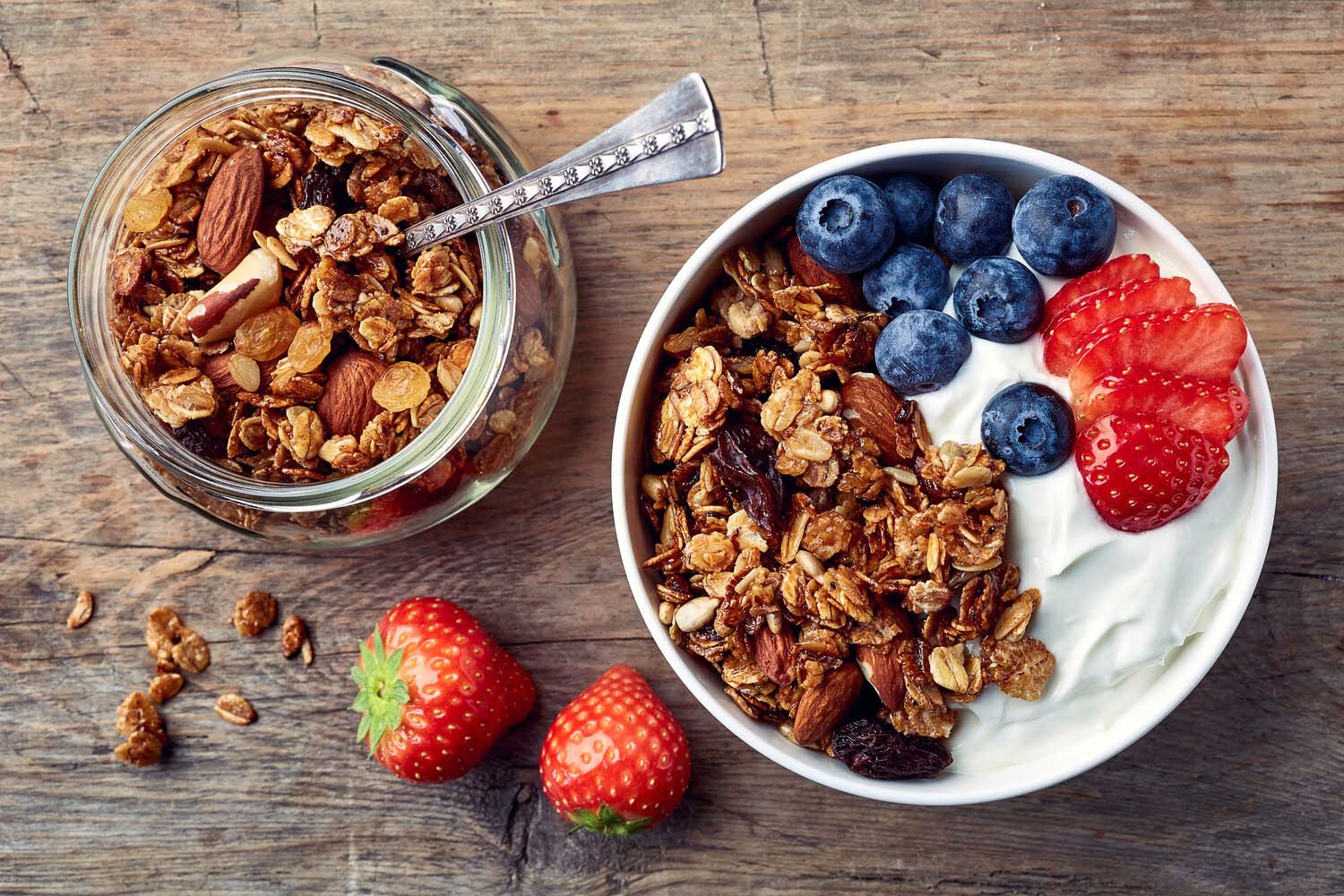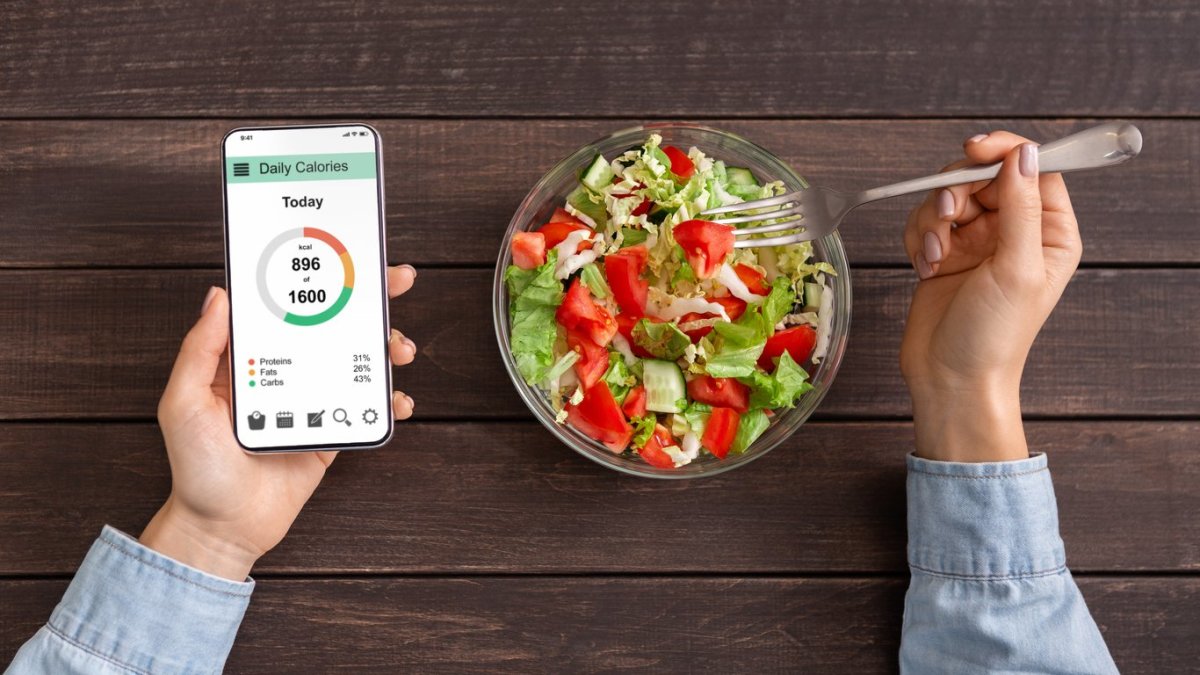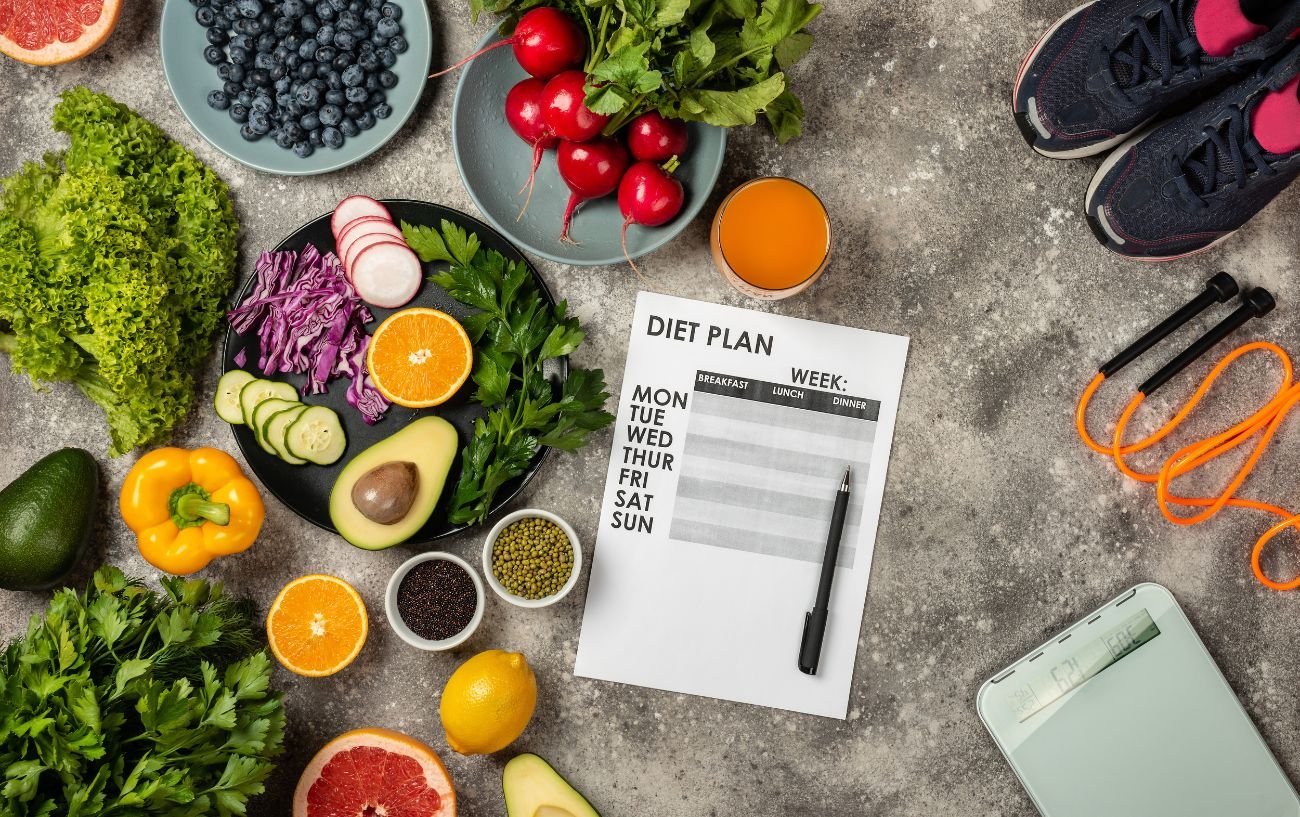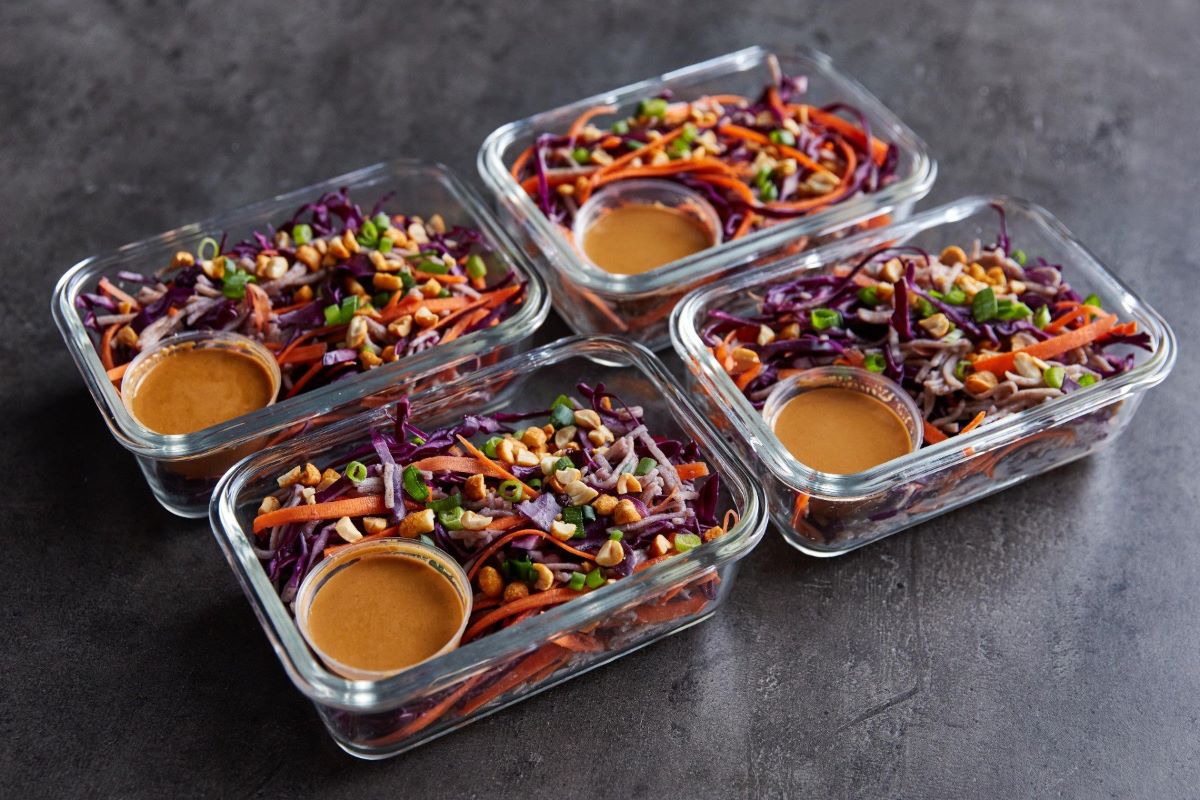How to Eat a Low Calorie Diet
Are you looking to shed some extra pounds or simply maintain a healthy weight? One effective way to achieve your goal is by following a low calorie diet. By making mindful choices about the foods you eat, you can reduce your calorie intake without sacrificing flavor or satisfaction. Here are some tips on how to eat a low calorie diet while still enjoying delicious and nutritious meals.
Focus on Whole Foods
When aiming for a low calorie diet, it’s important to prioritize whole foods. These include fruits, vegetables, lean proteins, and whole grains. Whole foods are typically lower in calories and higher in essential nutrients, making them an ideal choice for a low calorie diet. Incorporating a variety of colorful fruits and vegetables into your meals can help you feel full and satisfied while keeping your calorie intake in check.
Be Mindful of Portion Sizes
Controlling portion sizes is key to managing your calorie intake. Even healthy foods can contribute to excess calorie consumption if eaten in large quantities. Using smaller plates, bowls, and utensils can help you practice portion control. Additionally, taking the time to chew your food slowly and savor each bite can help prevent overeating and promote better digestion.
Choose Low-Calorie Snacks
Snacking can be a downfall for many individuals trying to maintain a low calorie diet. However, selecting low-calorie snacks can help you stay on track with your goals. Opt for snacks such as fresh fruit, raw vegetables, air-popped popcorn, or Greek yogurt. These options are not only low in calories but also provide essential nutrients that support overall health.
Stay Hydrated
Drinking an adequate amount of water throughout the day can support your low calorie diet in several ways. Sometimes, feelings of hunger are actually signs of dehydration. By staying hydrated, you can prevent unnecessary snacking and overeating. Additionally, choosing water or other low-calorie beverages over sugary drinks can significantly reduce your overall calorie intake.
Limit Processed and High-Calorie Foods
Processed foods and those high in added sugars and fats can quickly derail your efforts to maintain a low calorie diet. These items often contain empty calories and offer little nutritional value. By minimizing your consumption of processed and high-calorie foods, you can create more room in your diet for nutrient-dense options that support your overall health and well-being.
Plan and Prepare Your Meals
Meal planning and preparation can be instrumental in helping you stick to a low calorie diet. By planning your meals in advance and preparing them at home, you have greater control over the ingredients and portion sizes. This can help you avoid the temptation of high-calorie takeout or convenience foods. Additionally, preparing your own meals allows you to experiment with flavorful, low-calorie recipes that align with your dietary goals.
Conclusion
Adopting a low calorie diet doesn’t mean sacrificing taste or feeling deprived. By focusing on whole foods, controlling portion sizes, choosing low-calorie snacks, staying hydrated, and minimizing processed and high-calorie foods, you can successfully manage your calorie intake while enjoying delicious and satisfying meals. With mindful planning and preparation, you can create a sustainable low calorie diet that supports your overall health and wellness.
